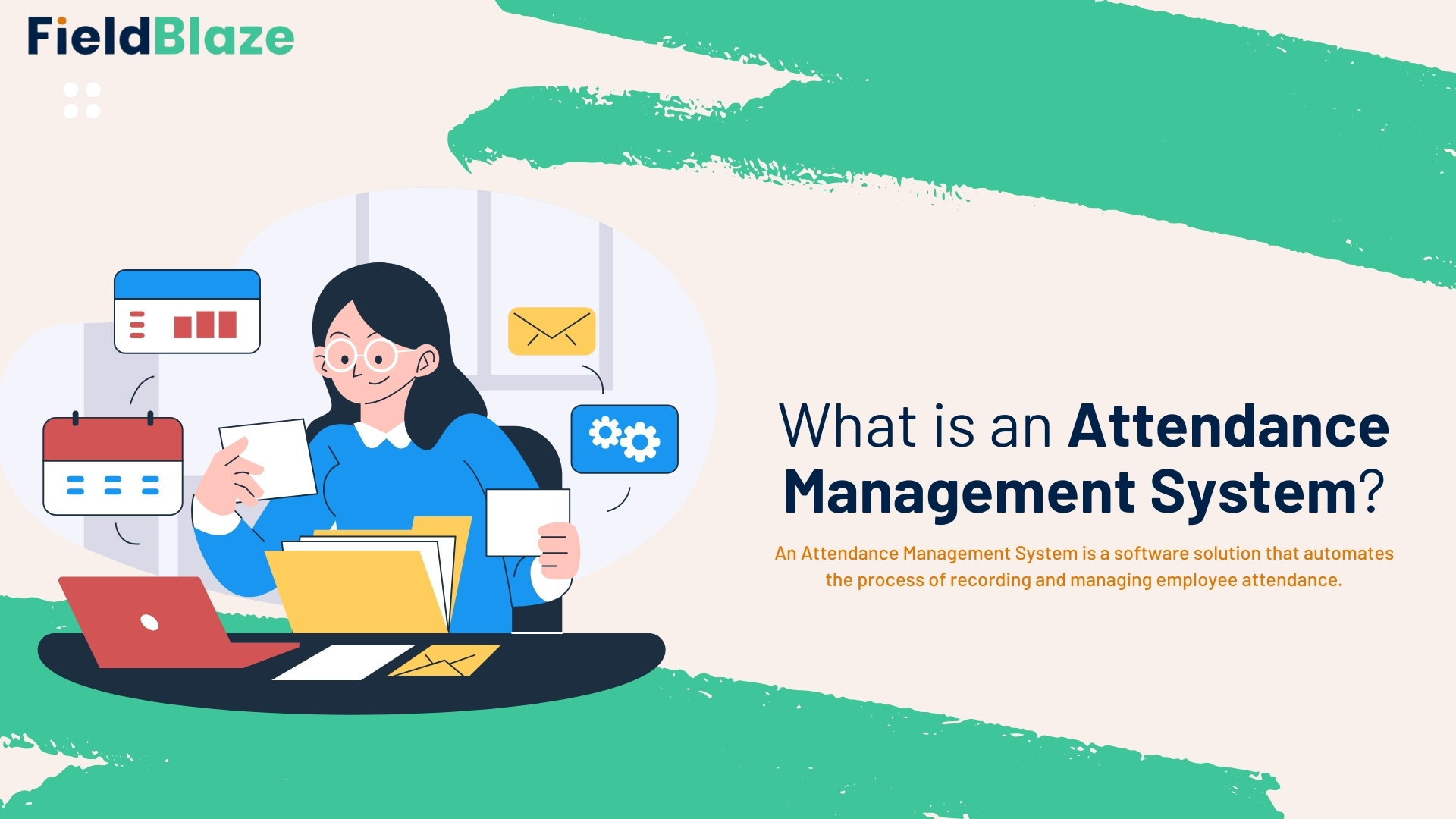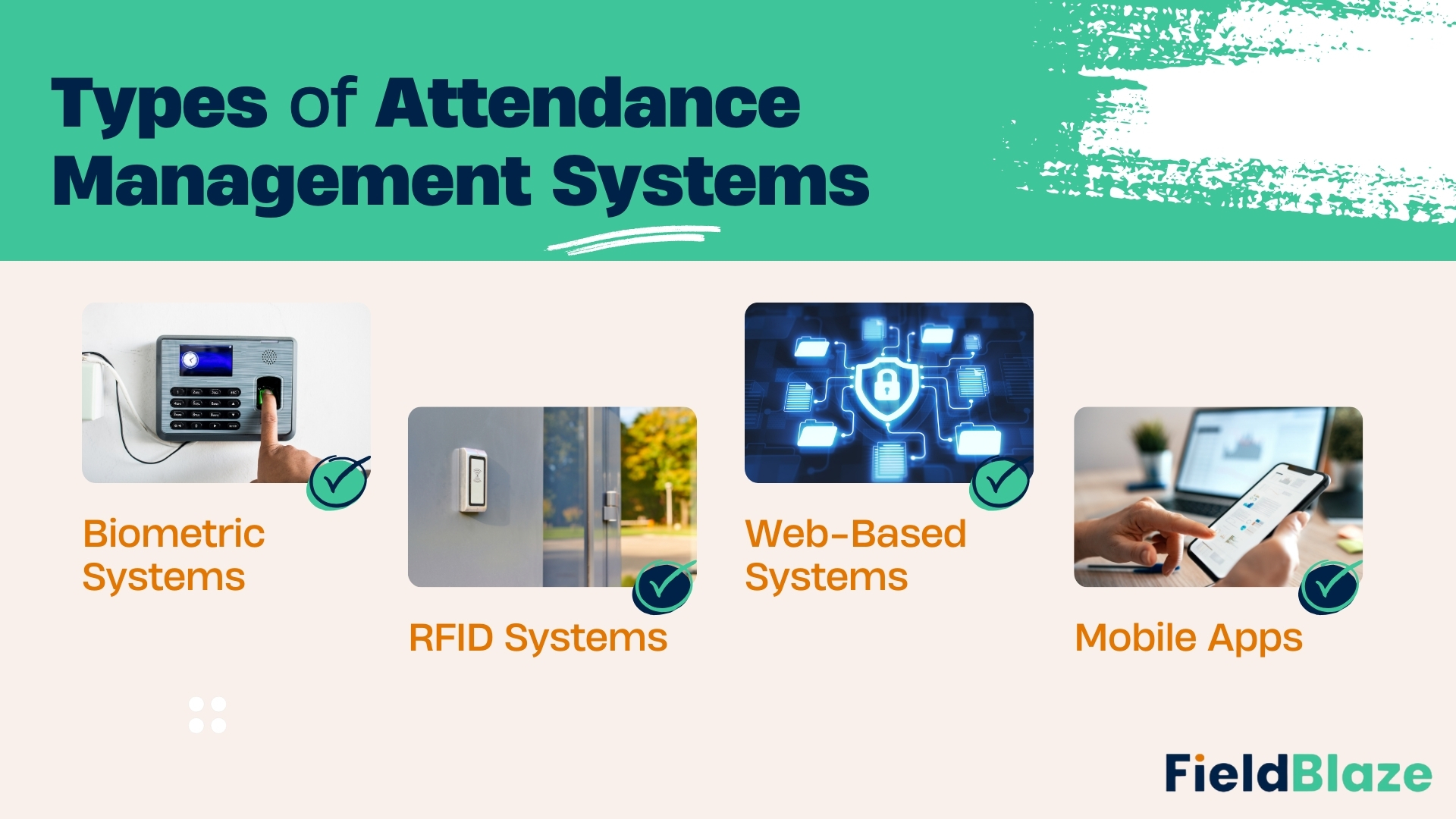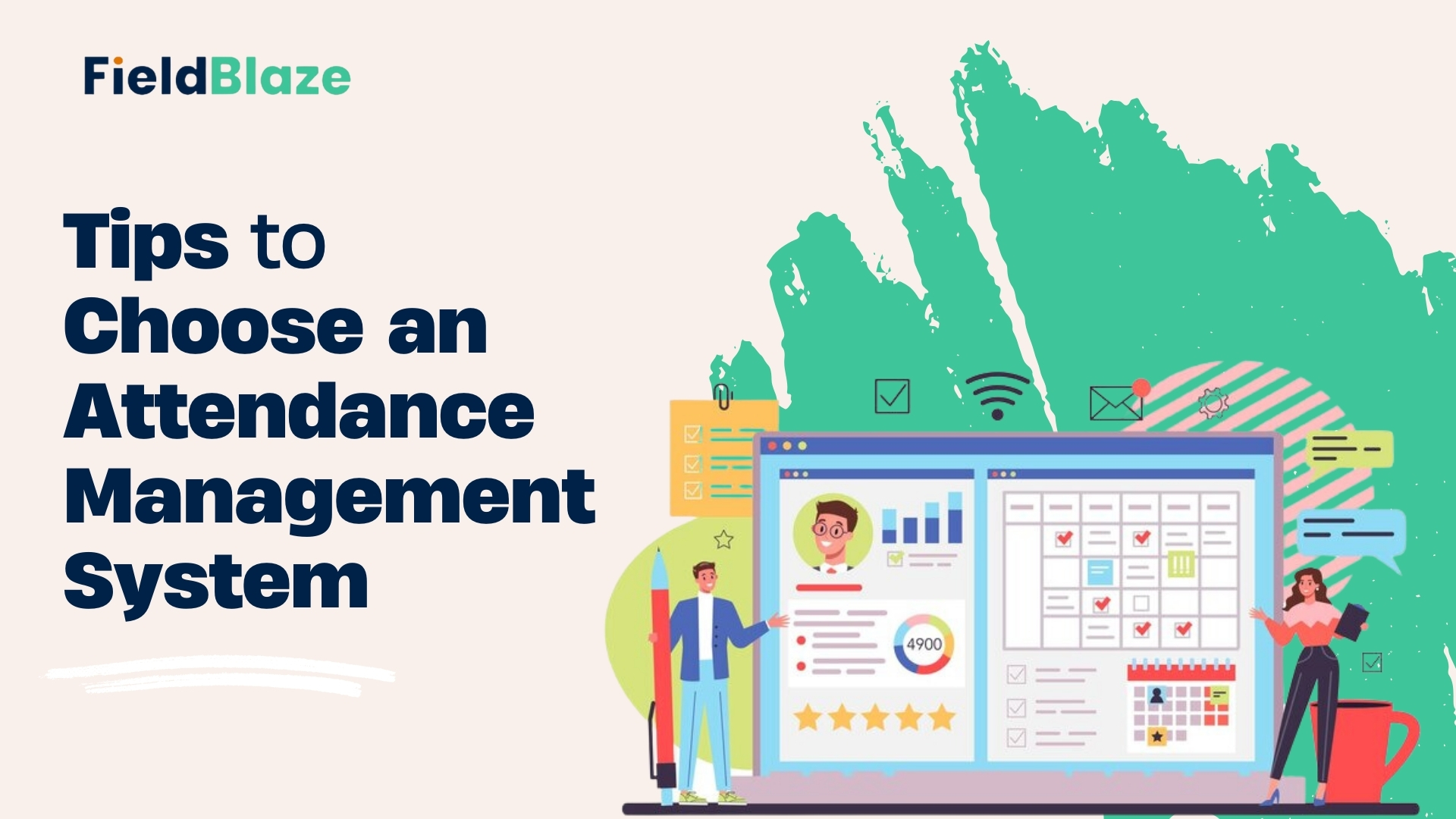A Guide to Attendance Management System
Introduction
In the modern workplace, managing employee attendance is more complex than simply keeping track of who comes in and out. Efficient attendance management is crucial for maintaining productivity, ensuring fair payroll, and complying with labor laws. As organizations grow and become more dynamic, traditional manual attendance tracking methods become increasingly inadequate. This is where an Attendance Management System (AMS) becomes invaluable.
An AMS automates and streamlines the process of recording and managing employee attendance. It helps organizations track working hours, absences, and overtime with high accuracy, minimizing human error and administrative workload.
Example: Consider a mid-sized company, XYZ Corp, with 200 employees. Previously, XYZ Corp relied on paper timesheets for attendance tracking. Employees would fill out their hours manually, and HR staff would spend hours verifying these records, often leading to discrepancies and delays in payroll processing. This manual approach not only consumed significant time but also increased the risk of errors, such as incorrect overtime calculations or missed attendance records.
To address these challenges, XYZ Corp decided to implement an Attendance Management System. With the new AMS, employees now clock in and out using biometric fingerprint scanners installed at entry points. The system automatically records their working hours, manages leave requests, and integrates seamlessly with the payroll system.
Benefits Realized by XYZ Corp
- Accuracy: The biometric system ensures that only the actual employee can clock in or out, eliminating issues like buddy punching (where one employee clocks in for another).
Example:A biometric system, such as fingerprint recognition, ensures that only the actual employee can clock in or out, eliminating buddy punching where one employee clocks in for another. - Efficiency: The automation of attendance recording reduces the time spent on manual verification and payroll processing. HR staff now focus on more strategic tasks rather than administrative work.
Example: In a retail environment, employees use a web-based AMS to clock in and out from their smartphones. This data is instantly updated in the system, providing managers with real-time attendance reports without manual input. - Compliance: The AMS provides detailed reports that help XYZ Corp stay compliant with labor laws by maintaining accurate records of working hours and leave.
Example: An organization can use its AMS to ensure compliance with overtime regulations by automatically tracking employees’ working hours and flagging any deviations from the standard workweek. - Cost-Effectiveness: With fewer errors and reduced administrative overhead, XYZ Corp saves on costs associated with payroll corrections and manual tracking.
Example: A company that switches from paper-based attendance tracking to an AMS may find that it significantly reduces time spent on payroll processing and correcting attendance errors.
By transitioning to an AMS, XYZ Corp improved its attendance management process, enhanced accuracy, and significantly increased efficiency. This example illustrates the transformative impact of adopting modern technology to handle what was once a tedious and error-prone task.
In this guide, we will explore the key features of an Attendance Management System, its benefits for both employees and management, different types of AMS, and tips for selecting the best system for your organization.
What is an Attendance Management System?
An Attendance Management System is a software solution that automates the process of recording and managing employee attendance. It eliminates the need for manual tracking, reducing errors and saving time.
Example: Imagine a company with hundreds of employees manually filling out time cards. This method is not only prone to errors but also time-consuming. With an AMS, the company can automate clock-in and clock-out processes, ensuring accurate records and freeing up HR staff for more strategic tasks.
Why is an Attendance Management System a Must-Have?
Accuracy: Manual attendance tracking can lead to inaccuracies due to human errors or intentional time fraud. AMS solutions use automated processes to ensure precise data collection.
Example: A biometric system, such as fingerprint recognition, ensures that only the actual employee can clock in or out, eliminating buddy punching where one employee clocks in for another.
Efficiency: Automation speeds up the process of recording and managing attendance, reducing administrative burden and processing time.
Example: In a retail environment, employees use a web-based AMS to clock in and out from their smartphones. This data is instantly updated in the system, providing managers with real-time attendance reports without manual input.
Compliance: AMS solutions help organizations comply with labor laws and regulations by maintaining accurate records and generating reports for audits.
Example: An organization can use its AMS to ensure compliance with overtime regulations by automatically tracking employees’ working hours and flagging any deviations from the standard workweek.
Cost-Effectiveness: By reducing manual processes and errors, AMS solutions help lower administrative costs and improve resource allocation.
Example: A company that switches from paper-based attendance tracking to an AMS may find that it significantly reduces time spent on payroll processing and correcting attendance errors.
For a more in-depth look at why your organization needs an Attendance & Leave Management System, explore our guide on the importance of these systems.
Benefits of an Attendance Management System for Employees and Management
For Employees:
- Transparency: Employees have clear visibility into their attendance records, reducing misunderstandings and disputes.
Example: An employee can access their attendance data through a mobile app, allowing them to verify their hours worked and request time off without delays. - Ease of Access: Automated check-in and check-out processes streamline attendance recording, making it easy for employees to manage their time.
Example: With a mobile app, employees can clock in and out from anywhere, which is especially beneficial for those working remotely or in the field. - Reduced Disputes: Accurate, automated records prevent conflicts over attendance and timekeeping.
Example: A manager can quickly resolve attendance disputes using detailed reports generated by the AMS, avoiding potential conflicts and ensuring fairness.
For Management:
- Real-Time Data: Provides instant access to attendance data, enabling managers to make informed decisions and respond to issues promptly.
Example: A manager can view real-time attendance reports during a busy period to identify any staffing shortages and take corrective action. - Enhanced Productivity: By analyzing attendance patterns, managers can identify trends and optimize workforce allocation.
Example: Analyzing attendance data may reveal peak times when additional staff are needed, allowing managers to schedule employees more effectively. - Improved Payroll Accuracy: Integrates with payroll systems to ensure accurate and timely processing of employee salaries.
Example:Automated data synchronization between the AMS and payroll system ensures that employees are paid correctly based on their recorded hours, reducing payroll errors.
Types of Attendance Management Systems
- Biometric Systems: Use biometric data, such as fingerprints or facial recognition, to track employee attendance with high accuracy.
Example:A company installs fingerprint scanners at entry points. Employees use their fingerprints to clock in and out, providing precise records and enhancing security. - RFID Systems: Employ Radio Frequency Identification (RFID) cards or tags for attendance tracking.
Example: Employees swipe RFID cards at designated terminals to record their attendance, which is quickly updated in the system. - Web-Based Systems: Allow employees to log their attendance through a web interface, often integrated with other HR systems.
Example:A remote team uses a web-based AMS to clock in and out from their computers, which integrates with the company’s HR and payroll systems. - Mobile Apps: Enable attendance tracking via smartphones, ideal for remote or field-based employees.
Example:Field employees use a mobile app to check in and out at different job sites, with GPS tracking ensuring they are at the correct location
Tips to Choose an Attendance Management System
- Assess Your Needs: Identify the specific features your organization requires, such as biometric support or mobile access.
Example:A company with remote employees may prioritize mobile app functionality, while a manufacturing firm might need biometric systems for high-security environments. - Scalability: Ensure the system can grow with your organization and handle an increasing number of users.
Example:Choose a solution that can accommodate future expansion, such as adding new locations or integrating additional modules. - Integration: Select a system that integrates seamlessly with your existing HR and payroll software.
Example:An AMS that integrates with your payroll system will automate salary calculations based on attendance data, reducing manual input. - User-Friendly Interface: Opt for a system with an intuitive interface for both employees and managers.
Example:A user-friendly mobile app allows employees to easily clock in and out and request time off, improving overall user experience. - Support and Training: Look for a provider that offers comprehensive support and training resources to ensure a smooth implementation.
Example: A provider that offers online tutorials and responsive customer support can help resolve any issues quickly and efficiently.
For additional insights on selecting the best attendance management software, visit our blog on TOP 5 Best Attendance Tracking Software in India.
Conclusion
An Attendance Management System is a vital tool for organizations looking to streamline their workforce management and enhance operational efficiency. By automating attendance tracking, you can improve accuracy, efficiency, and compliance. FieldBlaze, a product of CloudCentric, which is a Salesforce partner, exemplifies a state-of-the-art AMS designed to meet the diverse needs of today’s organizations.


